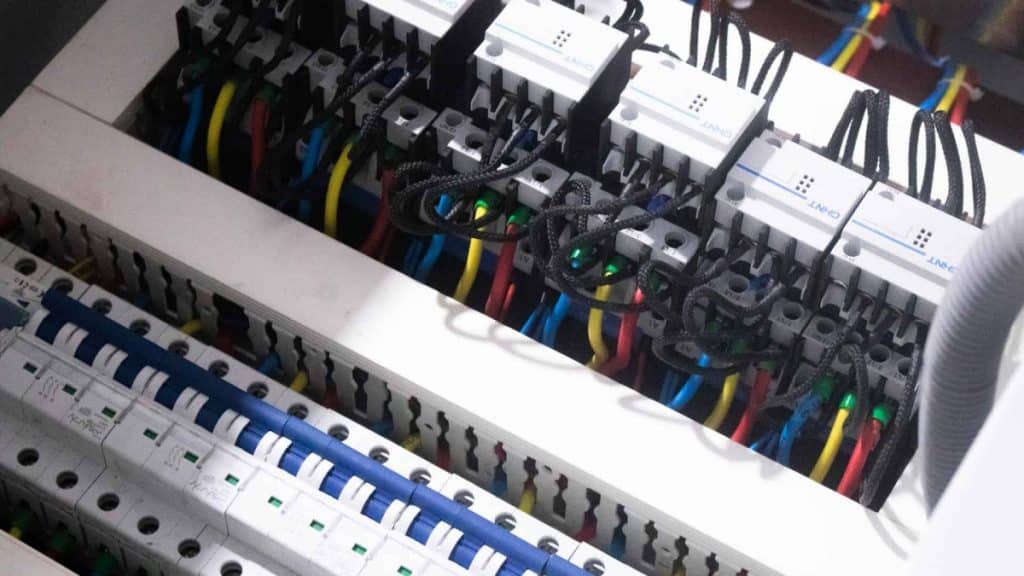In modern power distribution, selecting the right system is vital for achieving optimal efficiency, safety, and reliability. Two widely used options are busways and traditional cables, each serving the essential purpose of transmitting electrical power but differing significantly in design, installation, maintenance, and operational efficiency.
Busways are known for their modularity, ease of installation, and flexibility, making them ideal for dynamic environments that require frequent layout changes. In contrast, traditional cables are more rigid in configuration but remain a cost-effective choice for simpler, fixed setups. Understanding these differences is important for making the right decision that suits your facility’s unique requirements. This article provides all the information related to the key distinctions between busway systems and traditional cables, guiding you to the best power distribution solution.
Understanding Busway Systems
A busway is an electrical distribution system that comprises insulated conductors enclosed within a protective casing. Designed for flexibility and efficiency, busways are commonly used in commercial and industrial settings. These systems can effectively deploy electrical instruments and equipment with ease, making them ideal for complex power distribution needs.
One of the primary advantages of using a busway is its modularity. Unlike traditional cables, busways can be easily reconfigured or expanded without significant downtime. This adaptability makes them an excellent choice for facilities that anticipate future growth or layout changes. Additionally, busways offer a compact design, which saves space and simplifies installation compared to bulky cable trays.
Traditional Cables: A Time-Tested Choice
Traditional cables have been widely used for power distribution for decades. They involve routing insulated wires through conduits or cable trays to deliver electricity to various electrical devices. While reliable, traditional cables require meticulous planning and installation, as they are often custom-cut to specific lengths.
One significant drawback of using traditional cables is their limited flexibility. Once installed, modifying or expanding the system can be labour-intensive and costly. Moreover, traditional cables require more maintenance checks, increasing operational expenses. Nevertheless, cables remain a popular choice for simpler electrical setups where the power distribution layout is unlikely to change.
Key Differences: Busway vs. Traditional Cable
Here are the key differences between busway and traditional cable:
1. Installation and Maintenance
Busways are easier to deploy and employ compared to traditional cables. Their modular design allows for rapid installation and expansion without the need for extensive rewiring. In contrast, traditional cables involve complex routing and require more time for installation. Furthermore, busways need less maintenance, thanks to their enclosed, insulated conductors that minimise exposure to environmental factors.
2. Safety and Reliability
Busways are designed with enhanced safety features, including built-in insulation and protective casing, which reduce the risk of electrical faults. Traditional cables, however, are more susceptible to wear and tear, which could compromise safety. Additionally, busways ensure consistent power delivery with minimal voltage drop, whereas cables may experience fluctuations over longer distances.
3. Cost and Efficiency
While the initial cost of a busway system may be higher than that of traditional cables, its long-term benefits outweigh the expense. Busways reduce maintenance costs, offer greater energy efficiency, and allow for easy reconfiguration. Traditional cables might be cheaper initially, but their high maintenance and limited scalability make them less cost-effective over time.
Choosing the Right Power Distribution System
Deciding between a busway and traditional cables depends on the specific needs of your facility. If flexibility, scalability, and reduced maintenance are priorities, a busway system is the superior choice. On the other hand, traditional cables are more suitable for smaller installations with fixed layouts. By evaluating your power distribution requirements, you can determine the most efficient and reliable solution.
Benefits of Partnering with Reputable Energy Brands
Collaborating with established electrical brands offers numerous advantages when selecting a power distribution system. These brands provide high-quality electrical instruments, equipment, and devices that meet industry standards, ensuring safety and reliability. They also offer comprehensive support, from system design to installation and maintenance, allowing you to maximise operational efficiency.
Additionally, reputable brands continuously innovate, offering advanced technologies that enhance energy efficiency and sustainability. By partnering with trusted manufacturers, you can confidently incorporate the latest power distribution solutions, whether you opt for a busway system or traditional cables.
